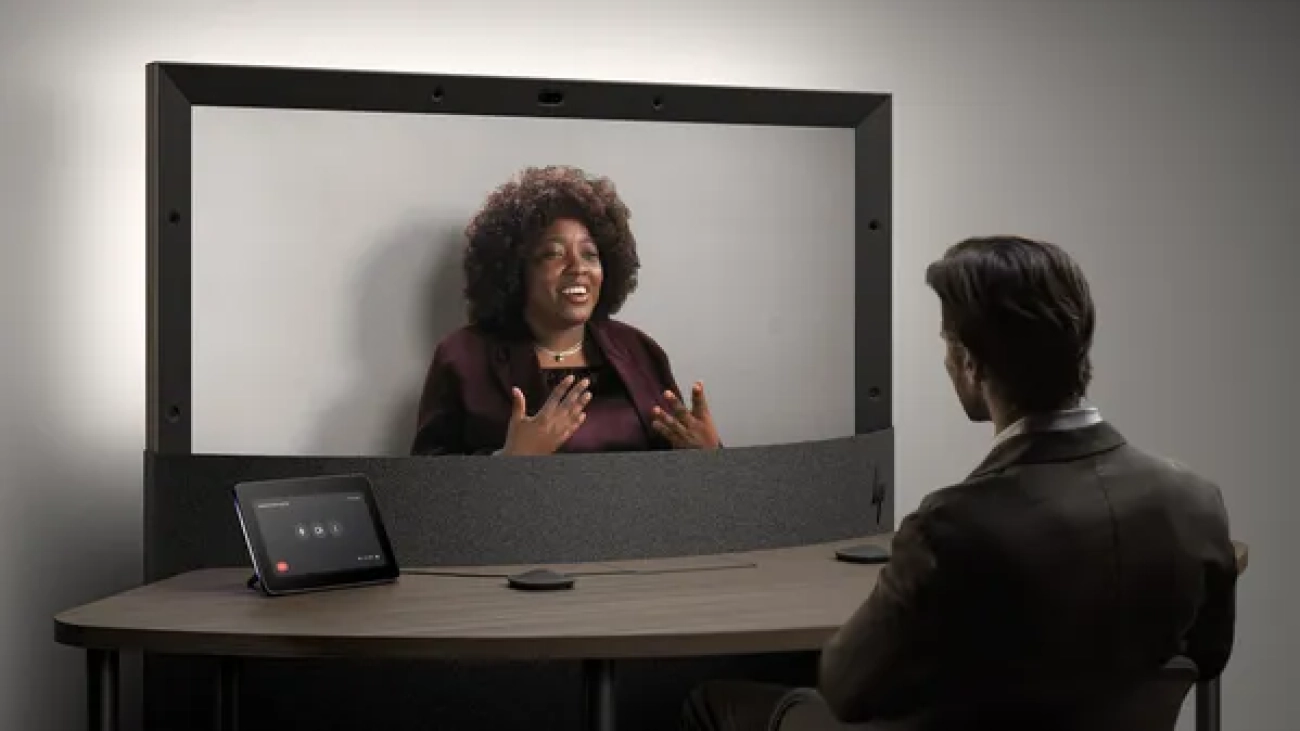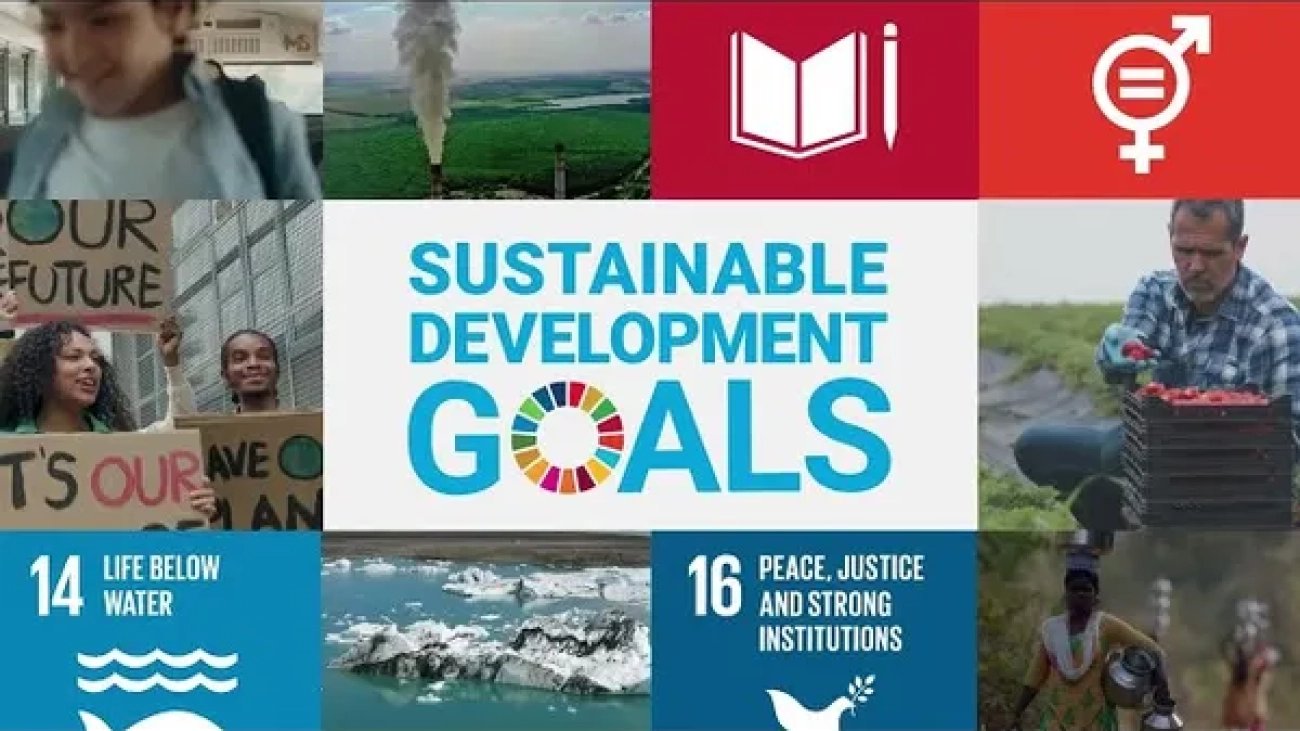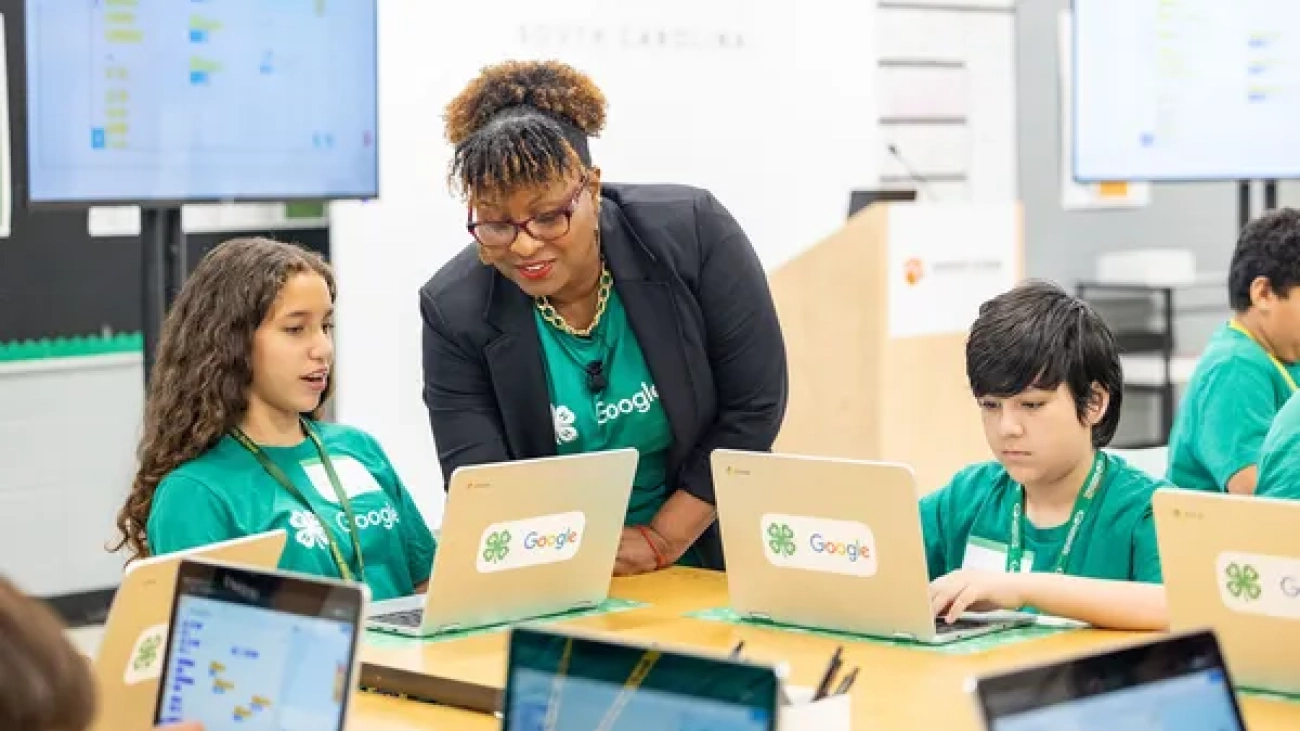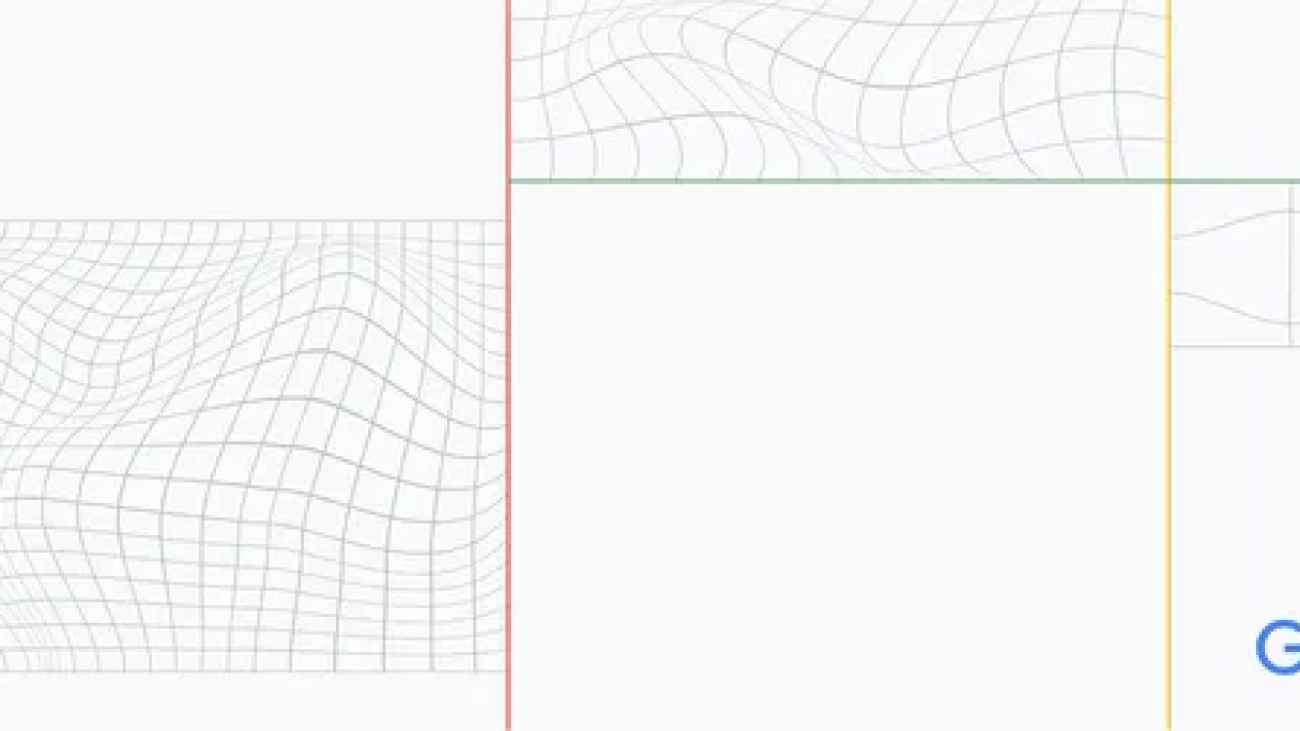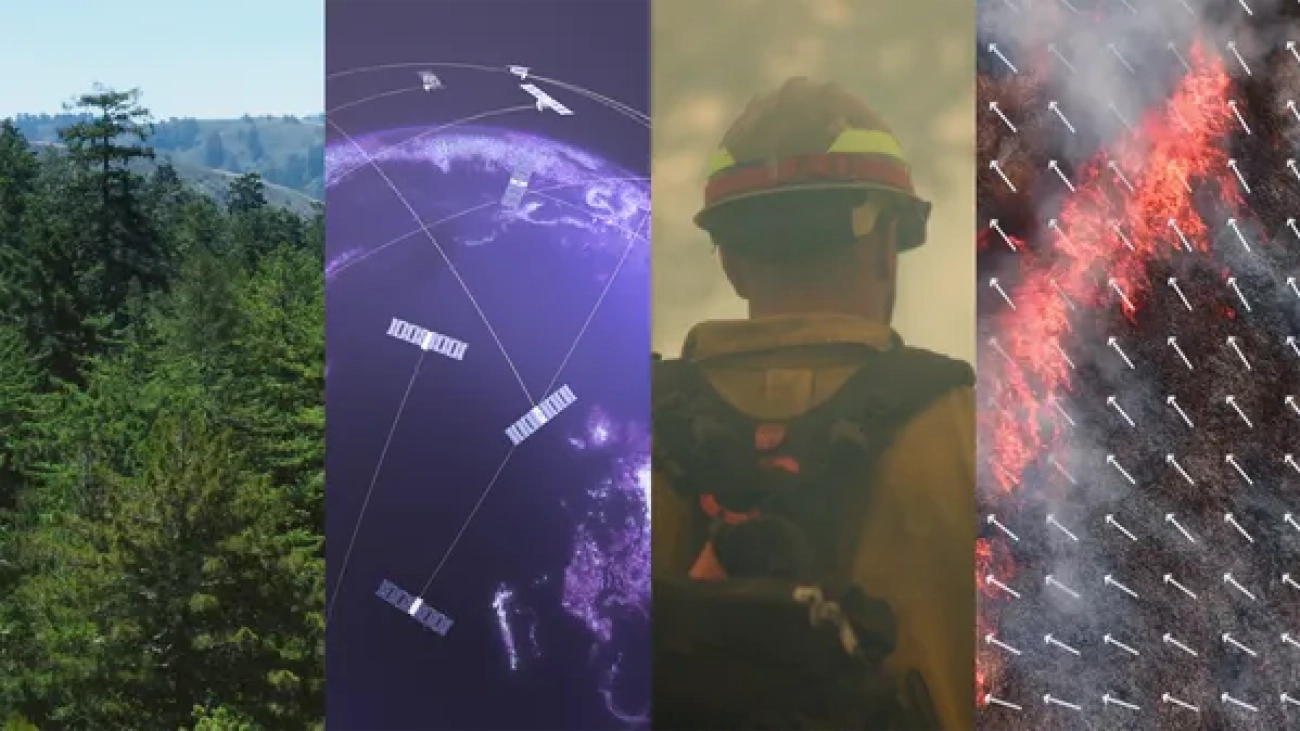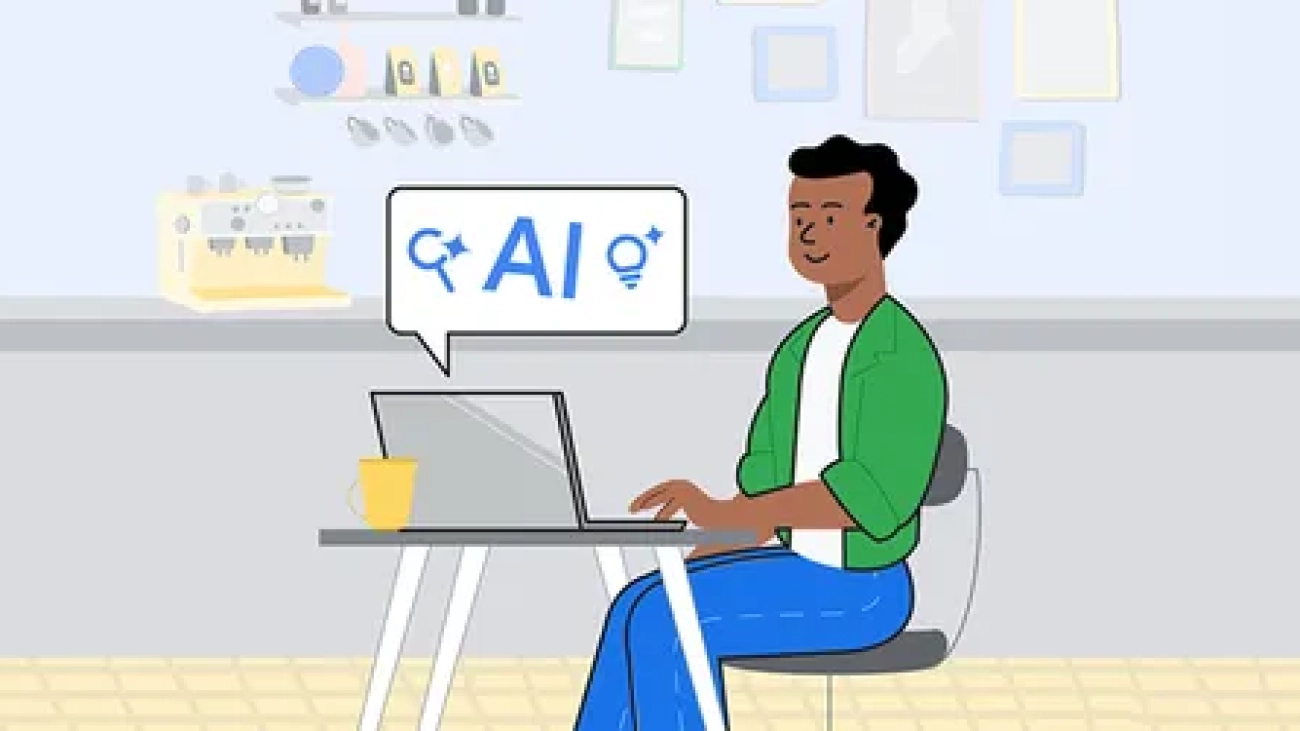 We’re sharing a first look of the upcoming Project Starline product and how companies can apply to be among the first to try it.Read More
We’re sharing a first look of the upcoming Project Starline product and how companies can apply to be among the first to try it.Read More
Google’s Data Commons expands to support more UN agencies
 The UN is expanding the integration of Google’s Data Commons into a dozen additional agencies.Read More
The UN is expanding the integration of Google’s Data Commons into a dozen additional agencies.Read More
Google at the 79th United Nations General Assembly
Updates from Google at the 79th United Nations General Assembly include new partnerships, investments in infrastructure, digital skills training, and more.Read More
UN Summit of the Future: AI opportunity for everyone
 Editor’s note: This week in New York City, leaders from around the world are gathering for the 79th United Nations General Assembly (UNGA) — including the first ever “S…Read More
Editor’s note: This week in New York City, leaders from around the world are gathering for the 79th United Nations General Assembly (UNGA) — including the first ever “S…Read More
How AI can bring new opportunity in the UK
 To realise AI’s full potential in the UK, a comprehensive AI opportunity agenda will be required.Read More
To realise AI’s full potential in the UK, a comprehensive AI opportunity agenda will be required.Read More
Google.org announces new AI funding for students and educators
 As part of the AI Opportunity Fund, Google.org is announcing over $25M in funding to support educators and students in developing AI skills.Read More
As part of the AI Opportunity Fund, Google.org is announcing over $25M in funding to support educators and students in developing AI skills.Read More
How teachers and students helped bring Google Classroom to life
 Google Classroom launched 10 years ago. Here, teachers and Google employees who worked on the project reflect on how it’s changed.Read More
Google Classroom launched 10 years ago. Here, teachers and Google employees who worked on the project reflect on how it’s changed.Read More
How we’re increasing transparency for gen AI content with the C2PA
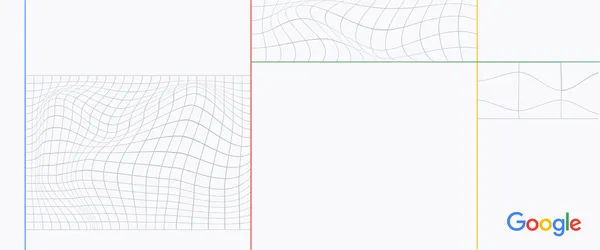 The latest C2PA provenance technology aims to help people better understand how a particular piece of content was created and modified over time.Read More
The latest C2PA provenance technology aims to help people better understand how a particular piece of content was created and modified over time.Read More
A breakthrough in wildfire detection: How a new constellation of satellites can detect smaller wildfires earlier
 FireSat is a new global satellite constellation designed to detect and track wildfires the size of a classroom within 20 minutes.Read More
FireSat is a new global satellite constellation designed to detect and track wildfires the size of a classroom within 20 minutes.Read More
New initiatives to help small businesses grow with AI
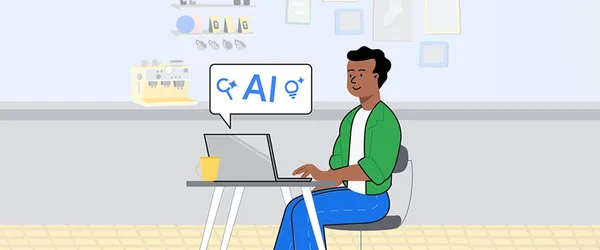 New support from Google.org and Grow with Google aim to equip U.S. small businesses with AI tools, training and resources to grow.Read More
New support from Google.org and Grow with Google aim to equip U.S. small businesses with AI tools, training and resources to grow.Read More

